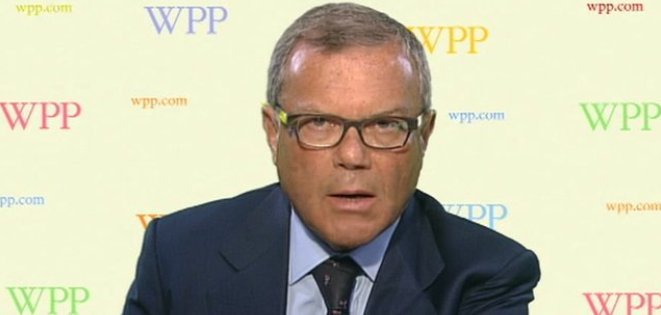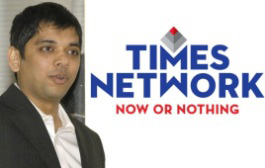The vast number of media pitches being held this year by the world’s leading advertisers are being decided based on agencies’ ability to provide technology, data or content, according to WPP boss Sir Martin Sorrell.
The advertising executive told analysts on a conference call for its third quarter results on 26th October, that senior marketers have been judging his agencies on those key areas as they recalibrate their roles to an environment where continuous improvement amid slow growth is the “new norm”. And while there may not be one common reason for the flurry of reviews all at the same time, the growing influence of efficiency, effectiveness, procurement and finance on a marketers’ role is telling.
“I would say that those three areas of technology, data and content are key to the reviews that we’re seeing. In our experience that’s where clients are discriminating in pitches between agencies,” said Sir Martin, who has guided WPP to invest over $1.3bn in all three. He went on to say that the group was focused on packaging its services up in a “strategic way”, highlighting how media and creative, spurred by the advent of content marketing, are becoming much more integrated.
Having said that, WPP’s discussions with clients, both existing and prospective, are increasingly covering aspects beyond talent and price. “We’re going beyond talent and price,” said Sir Martin, with the advertising executive keen to see his agencies shatter the dominance of the “walled gardens being built by four basic blocks” – Google, Apple, Amazon and Facebook. “Someone has to provide the connection between those walled gardens”.
It’s an issue GlaxoSmithKline’s (GSK) global head of digital media at GSK, Khurram Hamid, said was preventing the business becoming a programmatic-only’ digital media buyer. WPP’s Xaxis is being positioned as the agnostic alternative to Facebook’s Atlas and Google’s Doubleclick programmatic platforms, while he has high hopes for WPP’s data offering should the Comscore and Rentrak merger get approved by regulators.
Sir Martin believes the investments position WPP and its agencies to woo those marketers who are being pushed to make money from digital media. “Getting that absolute size of media investment right and the optimisation right is critical,” he added. Time will tell whether WPP is able to convince more of the world’s biggest advertisers it’s best equipped to do this, as it has done for companies including Coca-Cola, Suntory and Kellogg’s, with several significant pitches still undecided.
“Client concentration on media strategies is quite understandable in a low growth, low inflation – therefore little pricing power – environments where price and finance rules because media investments is pretty frequently the biggest lignite on the P&L.”
Despite the cautiousness from advertisers showing no signs of abating, WPP’s clients are very much focused on fast growing markets, where many believe the next one billion customers will come from, specifically Asia Pacific, Latin America, the Middle East and Africa. In these markets brands are very much investing in capacity, said Sir Martin whereas in mature markets they’re focusing on brand to maintain or grow share.
The observations provide the backdrop to WPP’s third quarter, which saw global net sales rise 3.3 per cent to £2.5bn. It’s an improvement on the slump in the second quarter, with a surge in new business wins pushing like-for-like sales up 3.3per cent in the period.

















